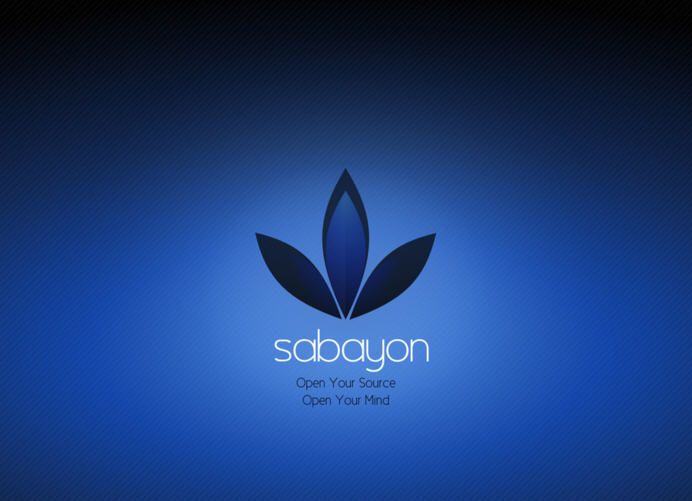Sabayon Linux differs from Gentoo Linux in that you can have a complete installation of the operating system without having to compile all the packages to own it. The initial installation is done using precompiled binary packages. Sabayon Linux, however, includes access to the source code for later compilation. The distribution is available for x86 and x86-64 architectures. Sabayon Linux uses Gentoo’s packaging called Portage, this means that all updates are contained in the portage tree, widely used in a Gentoo system.
Advantage:
▸It is much faster to boot and run installed applications than other pre-compiled distros
▸Wide flexibility in package management.
▸Personalized and adapted to our needs, being able to configure from the kernel to the graphical environment that we want to use.
▸It has extensive support from its official documentation and from forum members, with a Spanish-speaking community always ready to help.
It can be installed in practically any computer, no matter how old it is, since the hardware requirements start from an i486 processor and 256MB of ram, although the best results can be seen in modern equipment
Disadvantages:
▸The distribution that is installed from a text console and does not have a graphical installer.
▸It takes time, rather than reading, to understand the documentation that will guide us for the correct installation.
▸Takes a bit of time to install the packages we require due to the time it takes to compile from source code.
▸It requires high speed internet, or a lot of patience when downloading packages.
Besides that, it has an installer and graphical mode and it is easy to install, it is not necessary to manually compile packages during installation or similar houses. By default, in partitioning, it uses virtual partitions.
It has its own binary package manager, Entropy, made up of Equo (command line client) and Sulfur (graphical client).
Despite being Gentoo-based and capable of running Portage (Gentoo’s binary package manager), it is only recommended for advanced users, whereas Entropy is recommended for less experienced users.
It is available in all flavors: Gnome, KDE, Xfce, LXDE.



